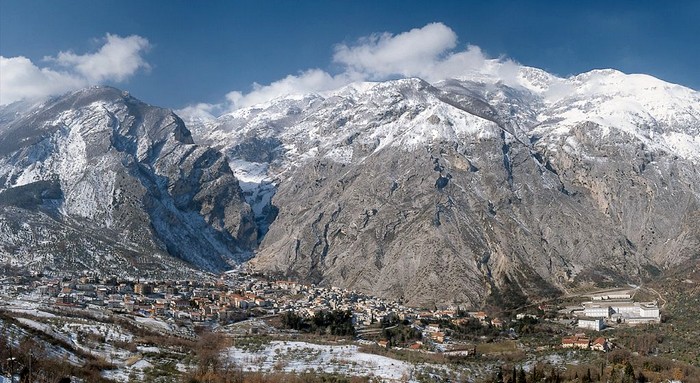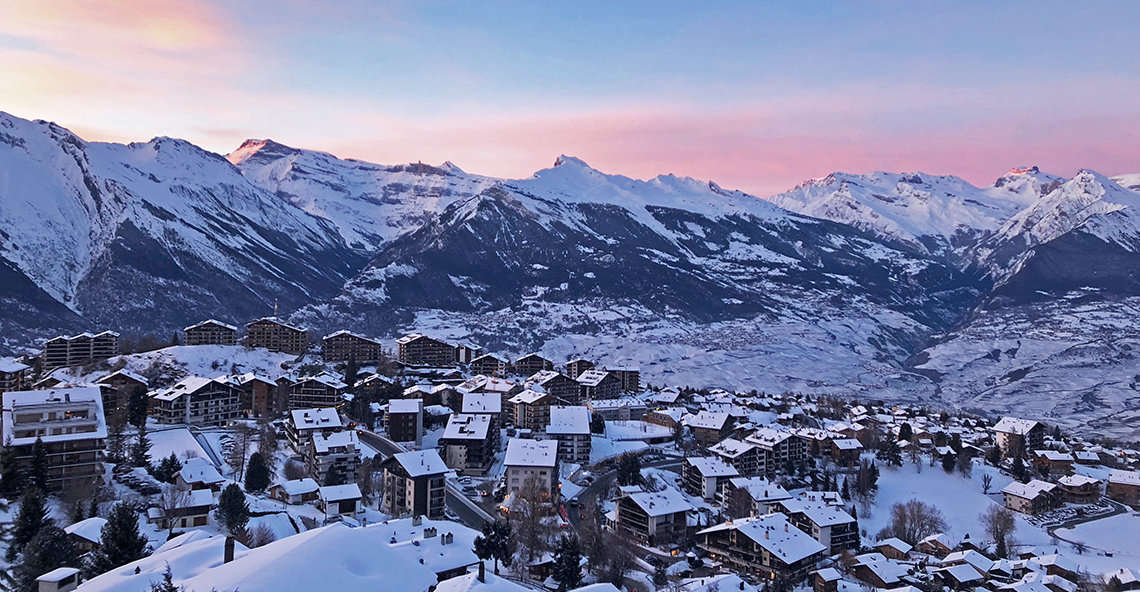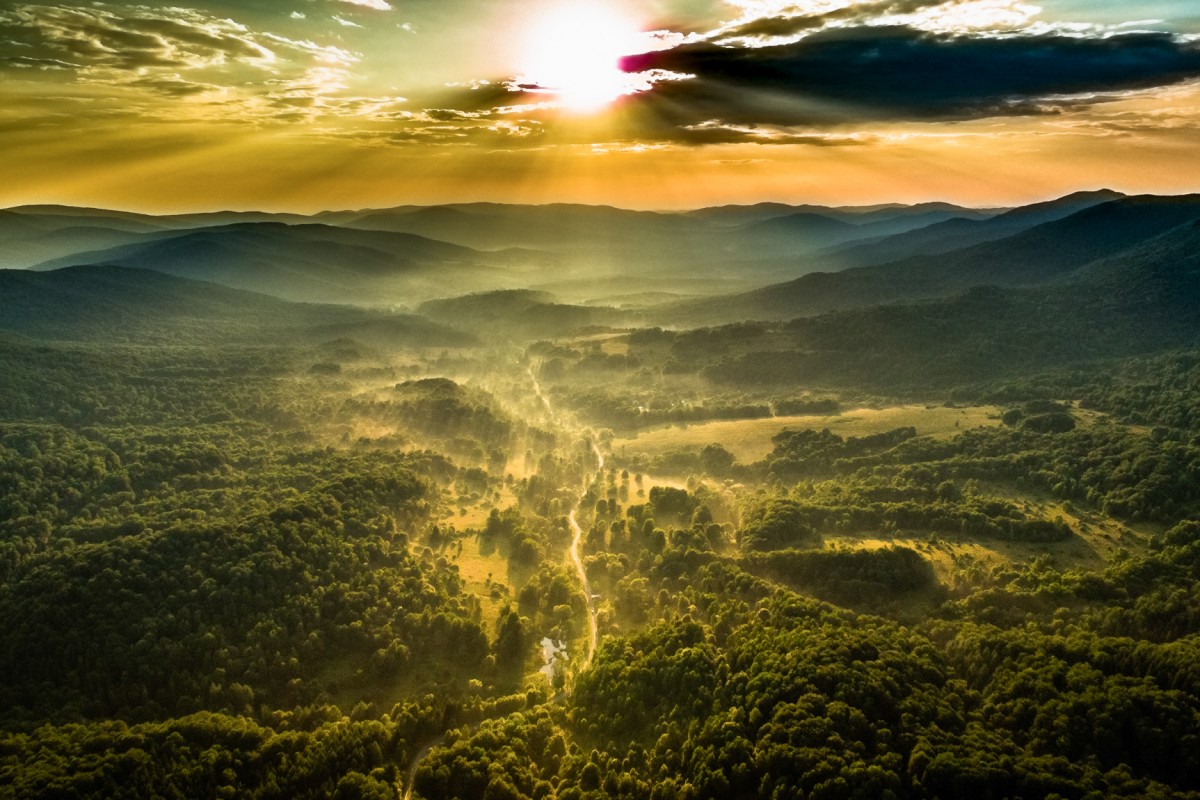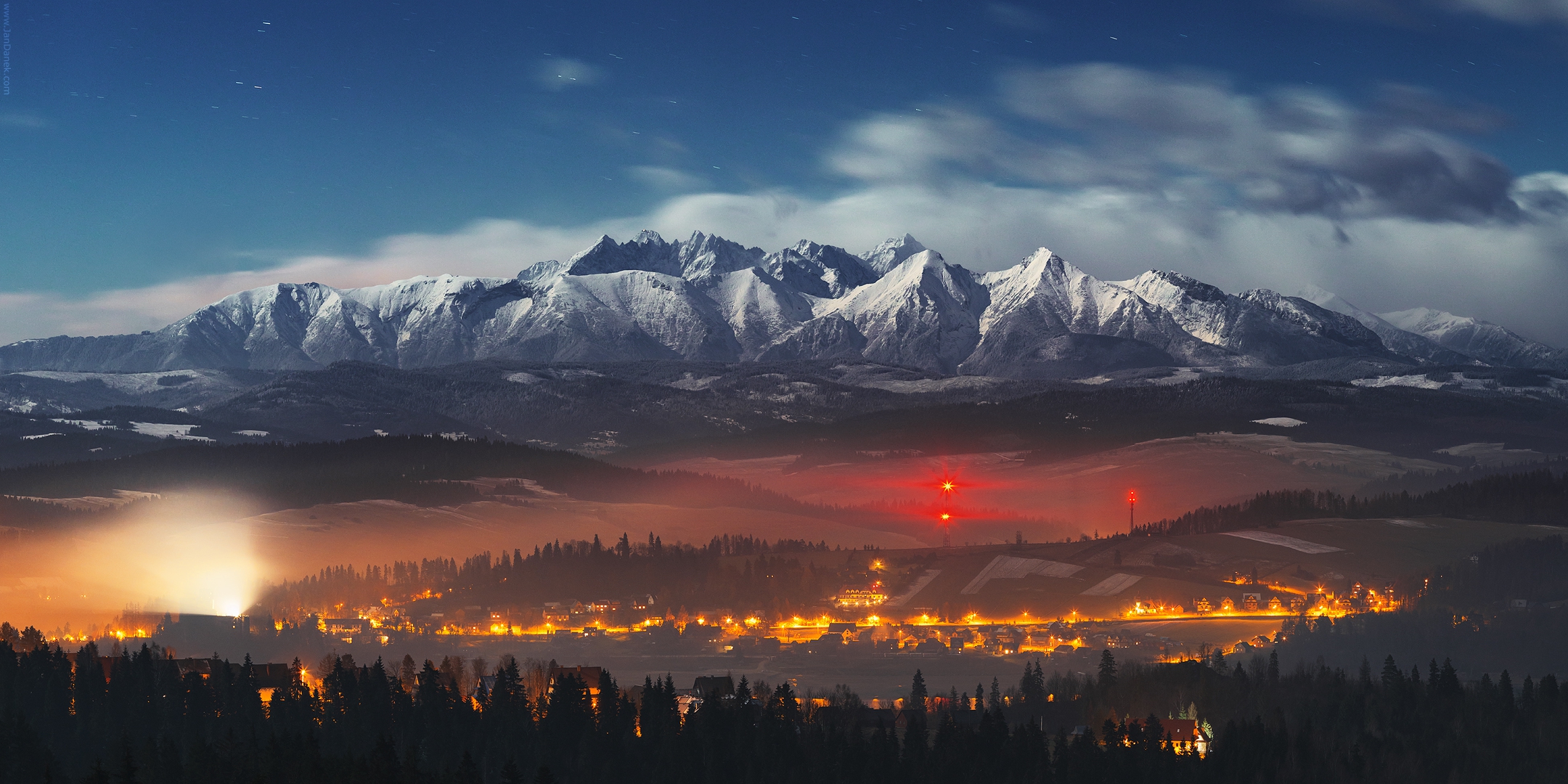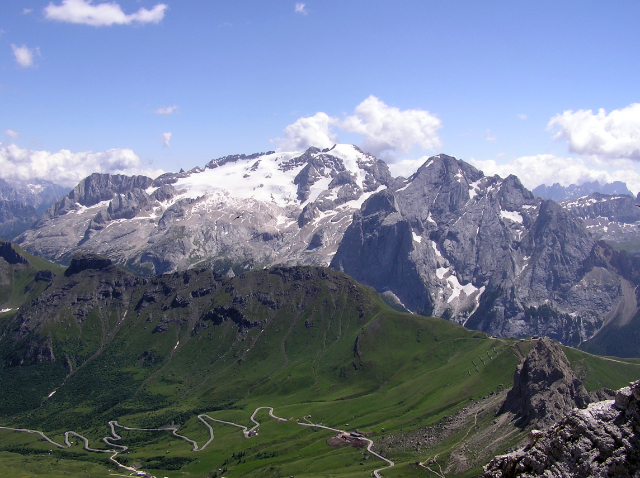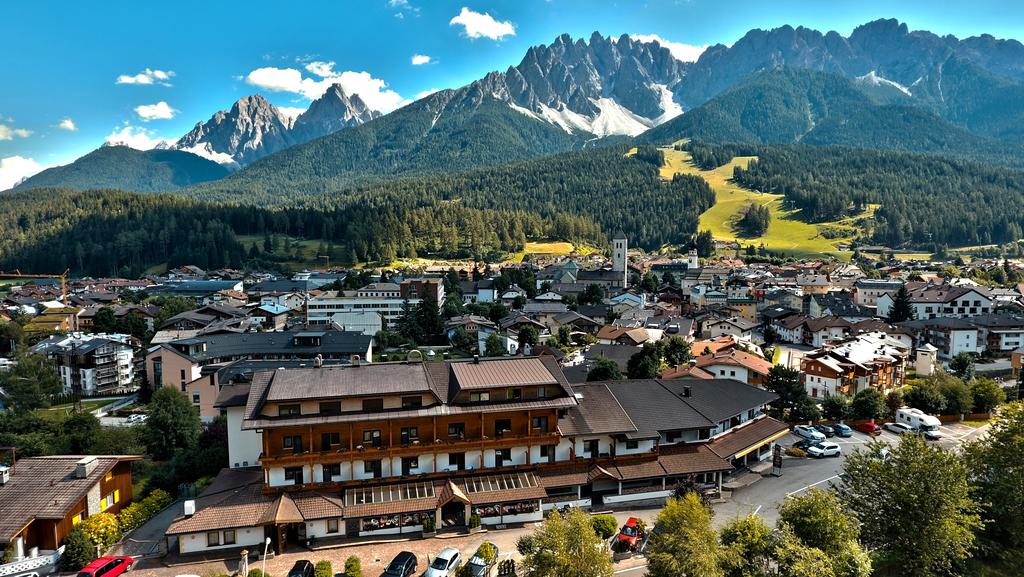Fara San Martino, a town included in the Majella National Park area, can be called the world capital of pasta, because it boasts the historic presence of the world-famous De Cecco, Delverde and Cocco pasta factories, which export their unparalleled products to every corner of the planet.
The small village of Lombard origin (440 m. asl. and about 1,610 inhabitants) stands, in a fantastic natural setting, on the eastern slope of Majella, at the outlet of the scenic and wild Santo Spirito valley. Above the village the steep mountain is incised by two gorges, the Valle di Santo Spirito and the Valle Serviera, which seem to form a giant "V." Below the village flows the Verde River, whose waters are of enormous importance for feeding the pasta industries. In the territory of Fara San Martino and nearby Palombaro is established the "Fara S. Martino – Palombaro State Reserve," which is characterized by vast areas covered with beech, mountain pine, black pine and other botanical species of considerable naturalistic interest. The Reserve is an ideal habitat for many bird species and is also frequented by the Marsican Brown Bear and the Apennine Wolf.
The oldest nucleus of Fara S. Martino, known as Terravecchia, which miraculously survived the devastation of the last world war, preserves intact the imprint of the original fortified village, which could only be accessed through one of two gates (the remaining gate, the "Gate of the Sun," is stupendous), connected by a narrow street that branches off into numerous small closed alleys.
In the more recent built-up area, the parish church of San Remigio, which houses a 17th-century painting by Tanzio da Varallo, and the church of Madonna delle Grazie, dating from 1647, are worth visiting.
About a kilometer from the urban center is the entrance to the spectacular S. Spirito Gorge (or St. Martin’s Gorge), which tradition has it was opened by St. Martin himself to enable the locals to reach the waters and pastures of the high mountains. After a few hundred meters the very narrow initial gorge opens into a wider and brighter canyon, where the ruins of the ancient Benedictine monastery of San Martino in Valle (1044) are located. Inside the wild Vallone di S. Spirito is a trail that in 14 km., overcoming an elevation gain of about 2,400 m., leads up to Monte Amaro (2,795 m., the second highest peak in the Apennines).
Near the entrance to the gorge are the striking springs of the Verde River, whose light and bacteriologically pure waters have excellent oligomineral qualities.
